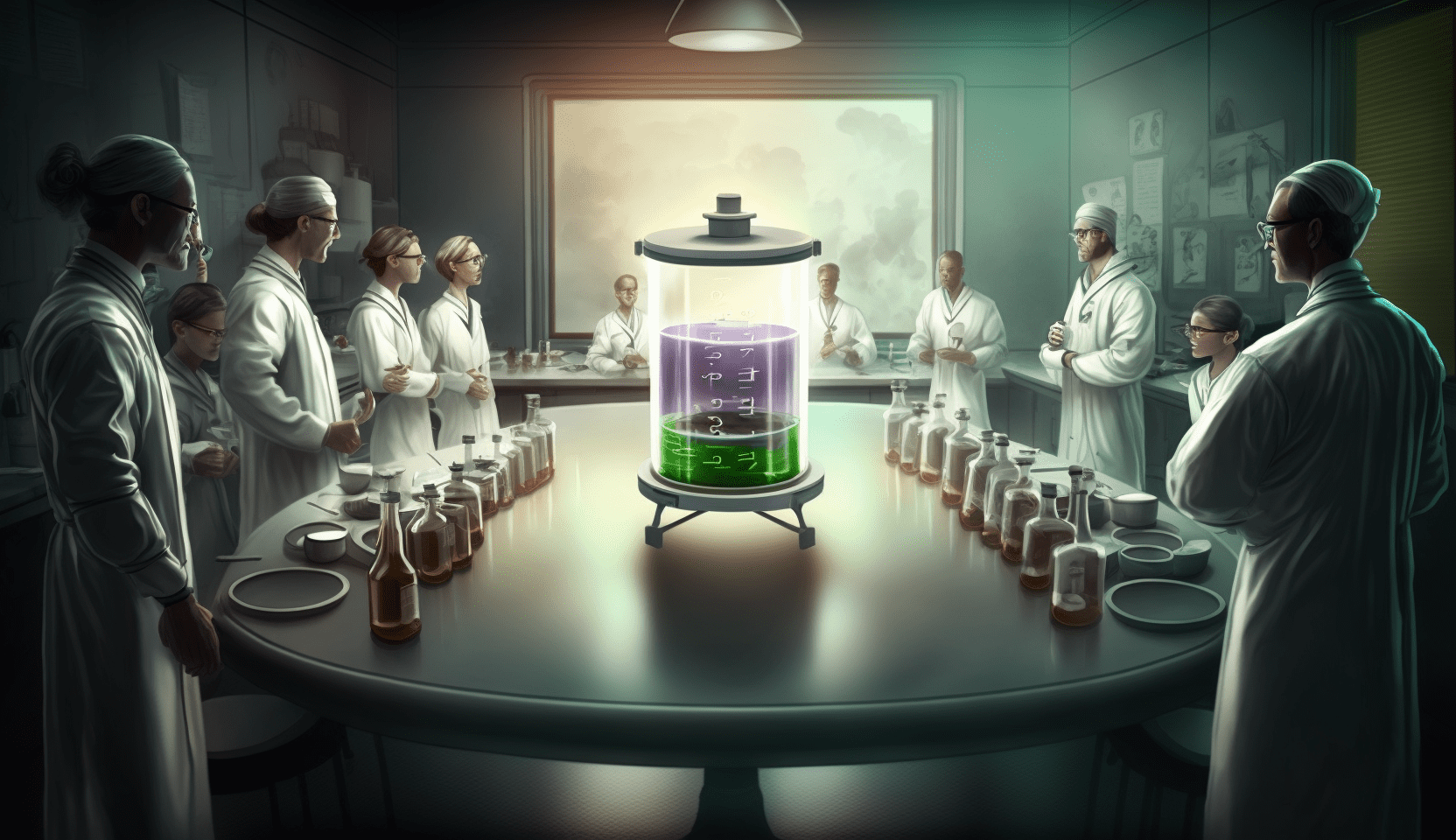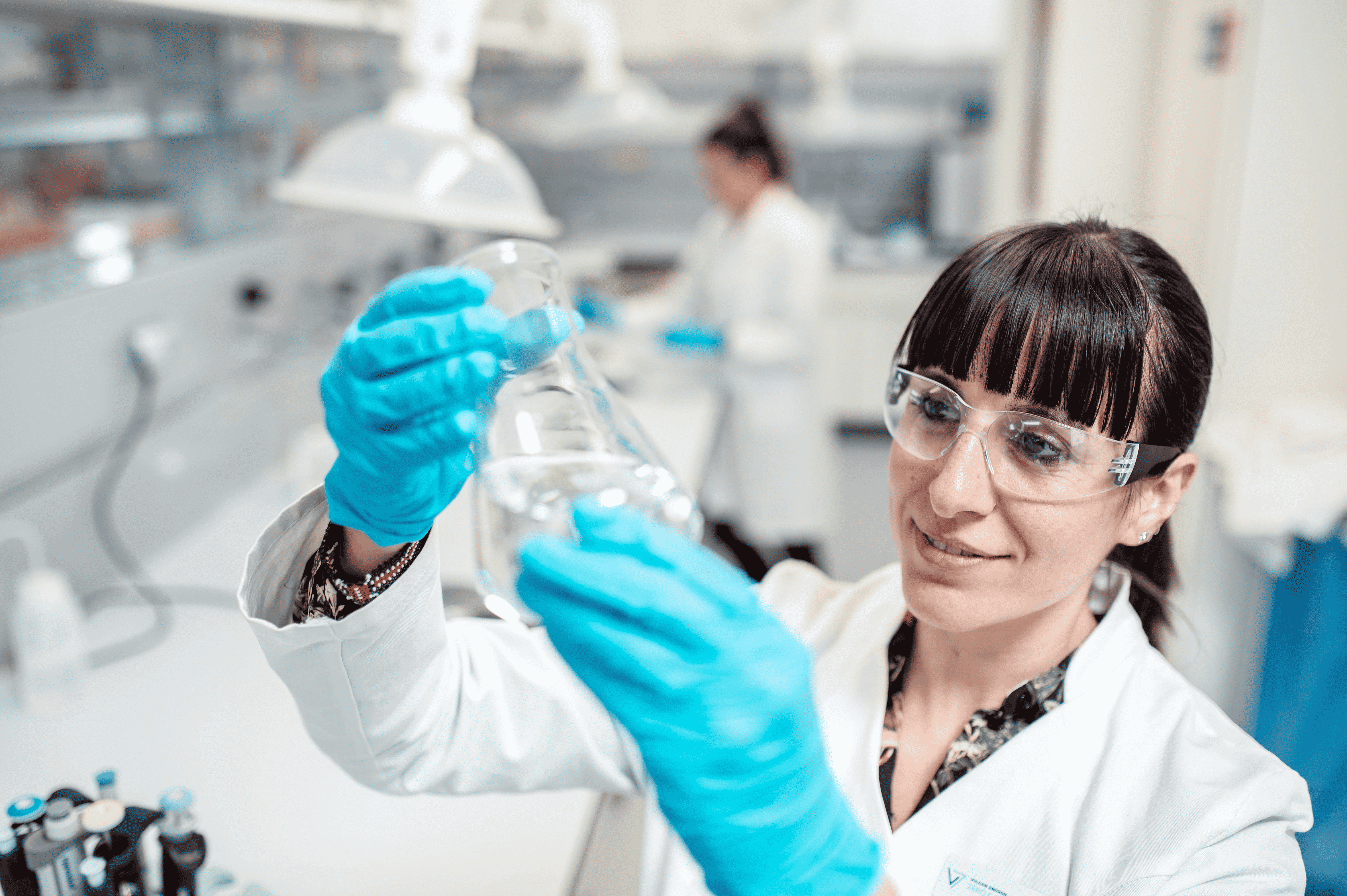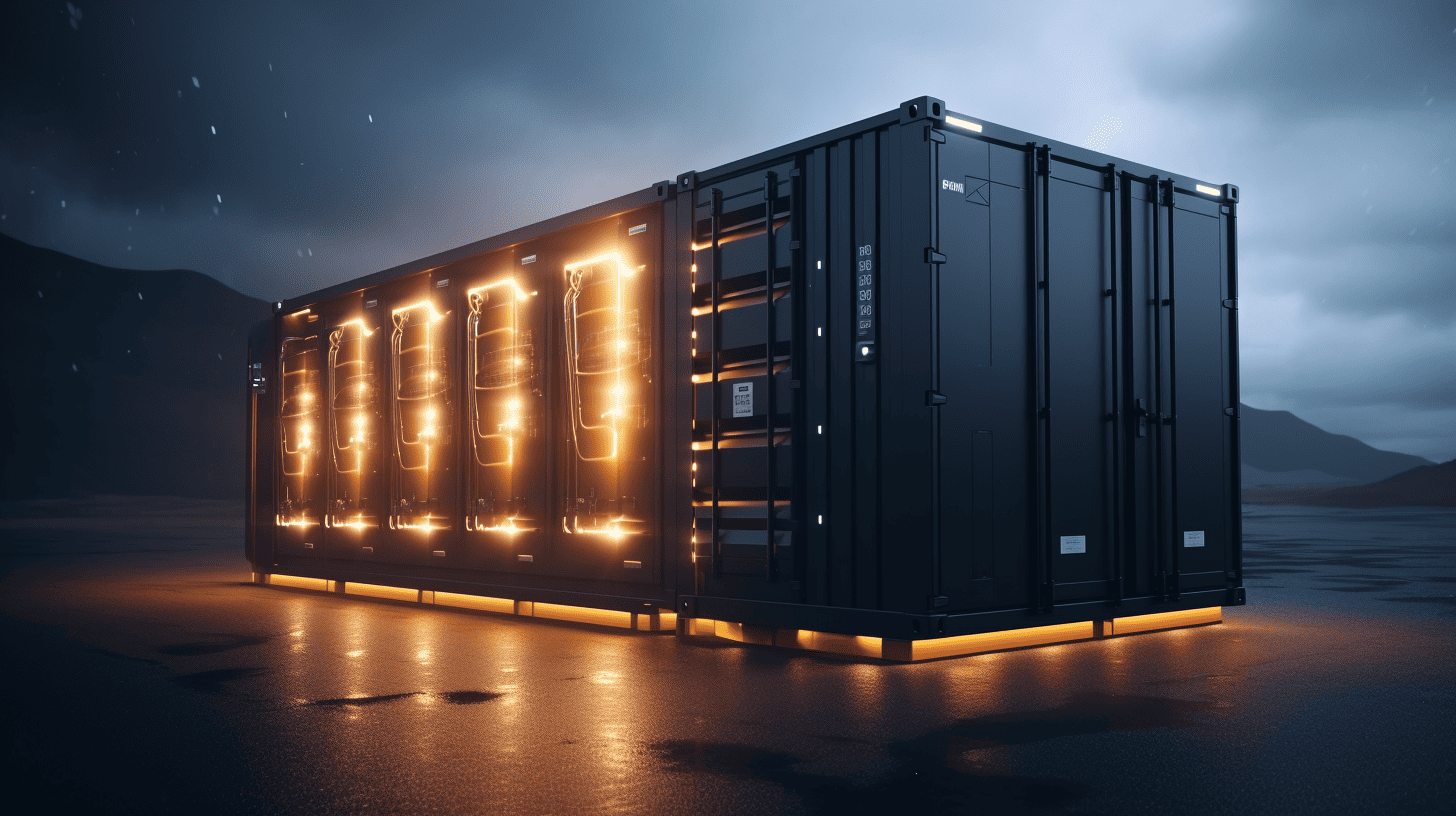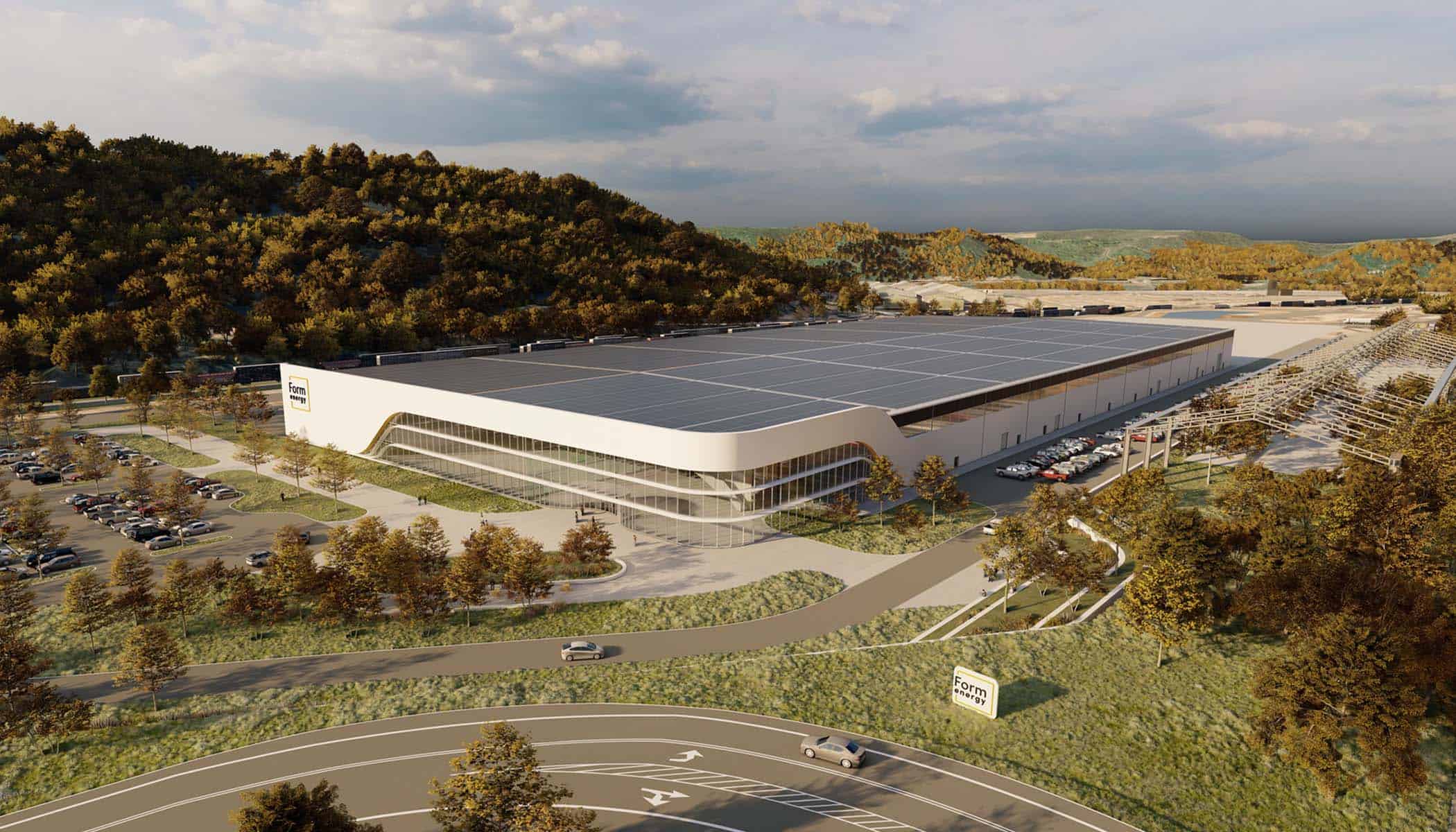
Altech Batteries Ltd and German battery institute Fraunhofer IKTS have formed a joint venture to commercialise 100 MWh Sodium Alumina Solid State (SAS) Battery project, CERENERGY, in Saxony, Germany. The partnership aims to revolutionize grid energy storage with SAS batteries, offering higher energy capacity, lower production costs, and a safer alternative to lithium-ion batteries. The global grid energy storage market is predicted to grow from USD 4.4 billion in 2022 to USD 15.1 billion by 2027. CERENERGY batteries are estimated to be 40%-50% cheaper than lithium-ion batteries.
A leap in battery technology: CERENERGY
The CERENERGY technology, developed by Fraunhofer IKTS over the past eight years, marks a significant advancement in battery technology. These sodium alumina solid-state batteries, also known as sodium nickel chloride batteries, utilise high purity alumina for the critical ceramic solid-state electrolyte. This electrolyte is closely linked to Altech’s core business and competency.
After investing around EUR 35 million in research and development and operating a EUR 25 million pilot plant in Hermsdorf, Germany, Fraunhofer is now in the final phase of product testing and ready to commercialise its CERENERGY batteries. The joint venture between Altech and Fraunhofer, with Altech owning 75% and Fraunhofer holding a 25% free carried interest, will focus on developing a 100 MWh CERENERGY battery plant (Train 1) to target the rapidly growing grid energy storage market.
Advantages of CERENERGY batteries over lithium-ion batteries
One of the key advantages of CERENERGY batteries is their safety. Lithium-ion batteries pose a risk of thermal runaway, fire, and explosion due to their liquid flammable electrolyte and flammable plastic separator. CERENERGY batteries, on the other hand, are solid-state and do not contain flammable components, significantly reducing the risk of fire and explosion.
Another benefit of CERENERGY batteries is their wider operating temperature range compared to lithium-ion batteries, which are required to operate between +15°C and +35°C. This makes CERENERGY batteries more suitable for extreme cold and desert climates, as they can function efficiently at lower temperatures without requiring battery energy for heating or cooling.
Longer lifespan and reduced reliance on critical materials
Unlike lithium-ion batteries, which have a limited lifespan of 7-10 years depending on the application, CERENERGY batteries boast a lifespan of more than 15 years. This increased longevity and reduced maintenance make them a more cost-effective solution for grid energy storage.
Additionally, CERENERGY batteries do not rely on lithium, cobalt, graphite, or copper, which are critical materials for lithium-ion batteries and have been associated with soaring prices, supply chain issues, and ethical concerns. By eliminating the need for these materials, CERENERGY batteries offer a more sustainable and ethically responsible option for energy storage.
Altech’s ABS60 battery pack and ABS1000 GridPack
Altech has designed the CERENERGY Sodium Alumina Solid State (SAS) 60 kWh battery pack (ABS60) for the renewable energy and grid storage market. Based on preliminary discussions with potential off-takers, the initial 10 kWh battery module has been superseded by a 60 kWh battery pack (ABS60) rated at a higher voltage of 600 volts and 100 amp hour (Ah).

Furthermore, Altech has launched the CERENERGY Sodium Alumina Solid State (SAS) 1.0 MWh GridPack (ABS1000) for the renewable energy and grid storage market. Each GridPack features up to twenty 60 kWh battery packs installed and connected to a power management system, with a distinct rating of 600 volts DC and 100 Ah. The GridPacks can be arranged in series (cluster or array) to achieve the required rating of several thousand KWs for grid functioning.
Future prospects and potential impact
As the planning process for the bankable feasibility study required for the commercialisation process commences, the joint venture between Altech and Fraunhofer has the potential to transform the grid energy storage market. Once the Train 1 (100 MWh) plant is built and operating, the long-term vision for the joint venture is to consider additional trains or even a gigawatt battery facility in Saxony.
With its numerous advantages over lithium-ion batteries, CERENERGY technology could help address some of the most pressing challenges in energy storage and pave the way for a more sustainable, cost-effective, and safer future in grid energy storage solutions.








